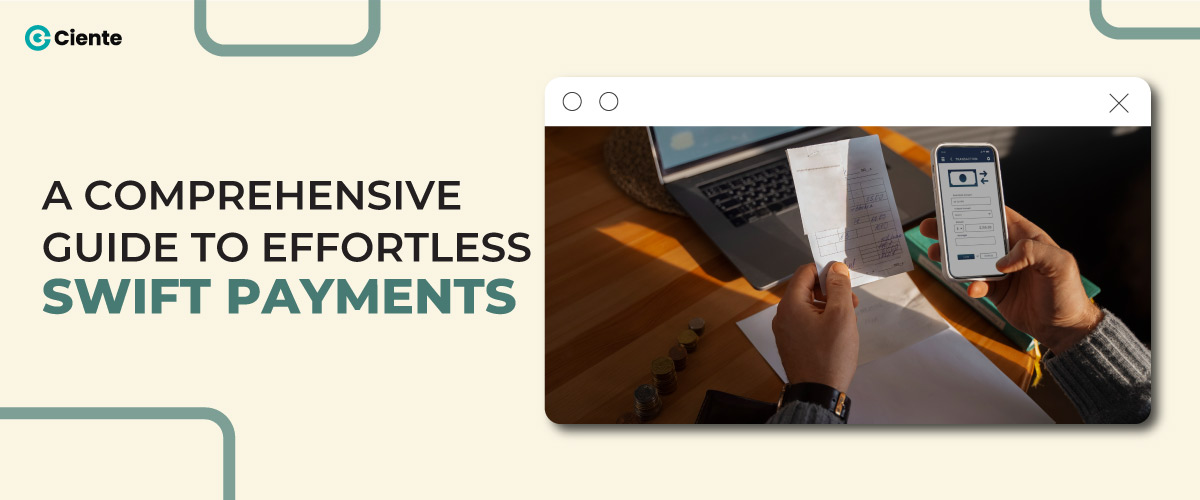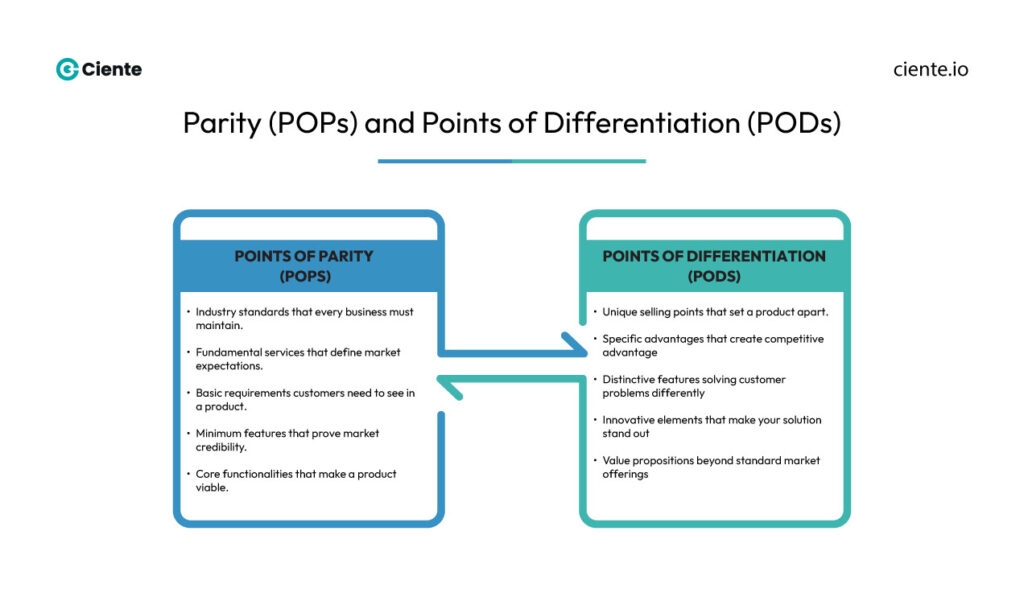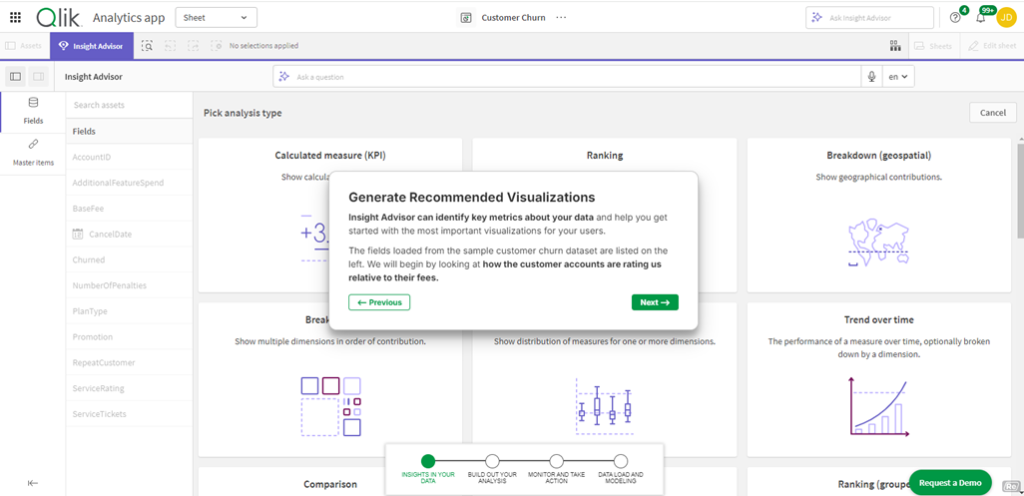Network OS: An Unsung Hero
The interconnectedness of computers is a fascinating topic. The way machines interact with each other has enabled us to streamline our work and exchange knowledge with each other.
Internet, cloud, the edge, and even AI are facilitated by the vast connection of computational networks. Ada Lovelace and Turing would be delighted at the turn of these technological advancements.
The need to harness and manage this complex network to the fullest facilitated the creation of network operating systems, making communication with network-based computational machines easier.
As organizational complexities increase and more machines become connected, they must be managed efficiently. To manage such vast communication networks, developers designed an OS specifically for this task. These Network OS enable network admins to facilitate and instruct servers and other network-based configurations to behave a certain way.
The importance of network OS is lost to most, however, it is a vital piece of software that helps networks run smoothly. That includes the vast connection between AI and blockchain technologies.
It is imperative to understand the importance of network OS and its role in the larger picture of computer-to-computer interaction for successful organizational implementation.
Network OS or NOS facilitates communication that keeps the network connected.
Network OS is vital for the entire organization.
- It ensures that access to information is available to the correct parties.
- Stored and shared files can be accessed for viewing or editing purposes.
- Access to sensitive information is protected at all times.
- There is no low latency between the data flow to the end-user or buyer from an organization’s side.
- It ensures a smooth workflow by enabling collaborative work across connected systems. (Even tools like Google Docs use Network OS in the background for real-time updates)
What is a NOS?
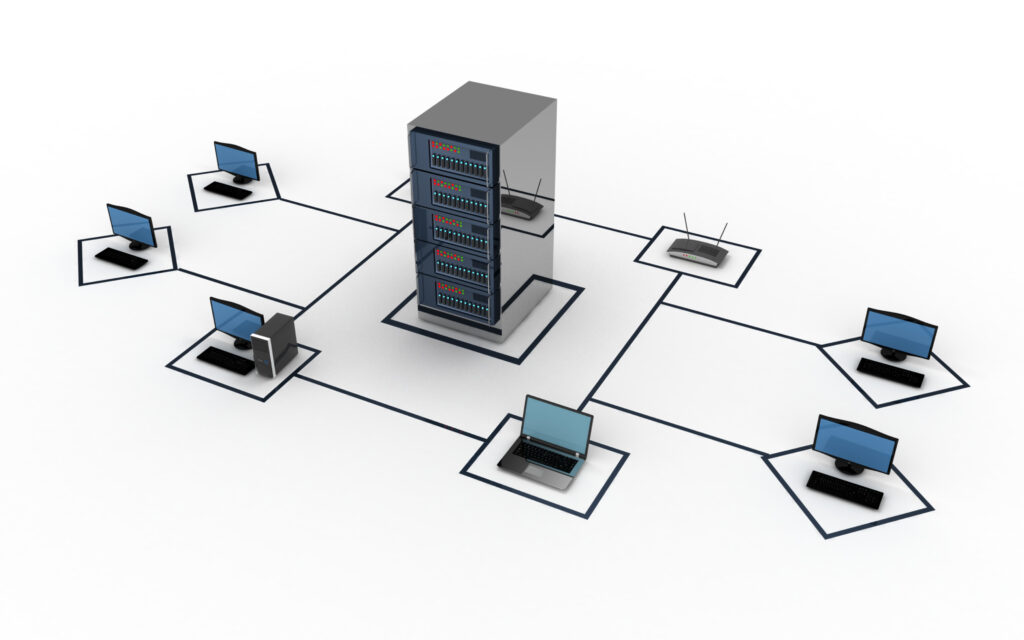
Athletes have to be very strict with their instructions. They need to play games to perfection. And follow the rules of the court of their game. Enforcing these rules are referees.
These instructions are known to athletes; all rules are preset. However, as games are dynamic, there are unforeseen events where the referee has to enforce rules based on context. They ensure protocols are met, and fouls are penalized or brought to attention.
Network OS is similar.
In a sense, data are athletes who must move around in a dynamic yet rule-bound environment. And network OS is the enforcer or referee. Data can move dynamically, but it has to do so according to the laws of the governing OS. This enables safe and secure transportation of information. And this happens at an unimaginable scale. Millions of calculations per second. It is a game like no other.
Using NOS
While NOS makes life simpler inside an organization, for its larger purpose, we have to look beyond organizational walls.
Network OS permeates every technological touchpoint. As cloud-native applications become the norm and SaaS takes over the playing field, marketing and tech teams benefit from understanding the NOS.
But what are their applications?
- NOS are used to manage CDN
- They ensure compliance with local data laws.
- Improve network reliability
- Provide IoT integration
And so much more.
Akin to a basic operating system, NOS decides where to allocate resources, accesses, and data and helps us interact with our systems through cloud-native applications.
The software directs tasks based on inputs by the GUI of our apps to perform tasks, and in the backend, if a particular organization needs more power, it diverts it there. Performing all computations for efficient workflow.
Types of Network OS
Organizations can choose to build their own NOS (which is cost-intensive). Usually, large enterprises build a proprietary version and mix it with a Linux base. But the main types of Network OS are: –
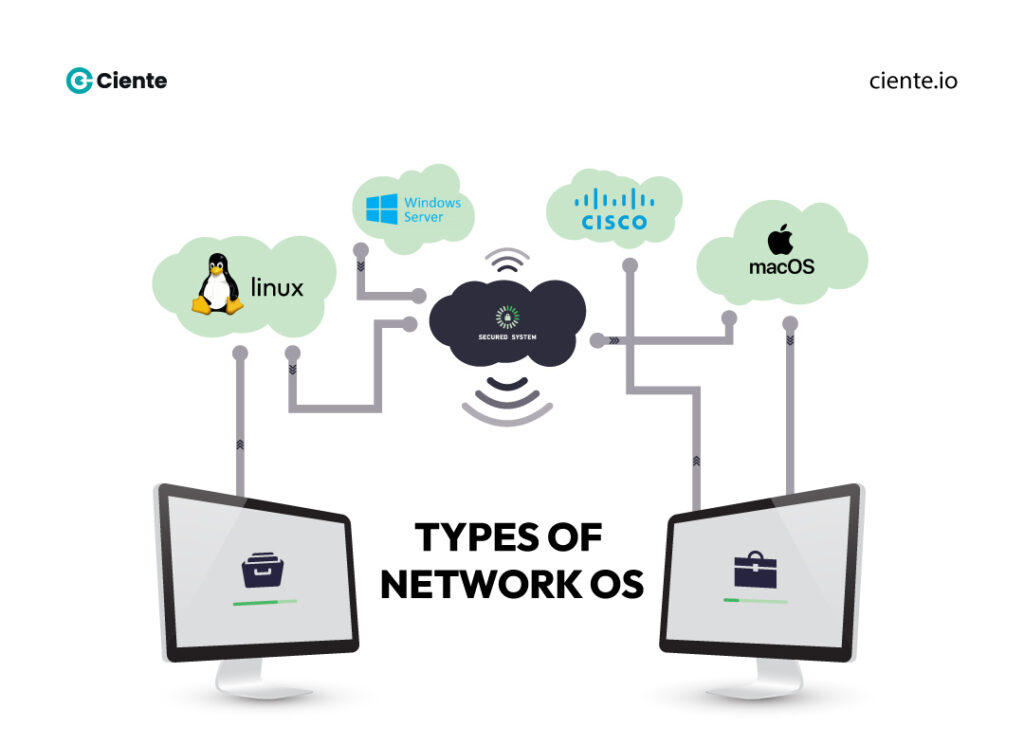
- Linux (Many servers in use, especially the ones running AI, are usually Linux-based)
- Windows Server
- Cisco’s OS
- MacOS Server (defunct), now MacOS comes in-built with server capabilities.
To name a few. Usually, these are Unix or Linux-based systems (they are Unix-like) in their nature. Since Unix-like systems offer flexibility, security, and customizations, they are the preferred choice for servers.
Network OS manages Cloud and AI servers.
Servers have become a driving force of computational power. The amount of data stored in these servers is vast. And this incomprehensible number of data increases every year (It is around 79 zettabytes. That is around 72 trillion GBs of data. Wrap your head around that!). And most of it is not original.
Data processing requires a lot of duplication and caching— these moving pieces must be distinguished, managed, and stored securely. Our tools depend on this management system called NOS.
The Tech Perspective
The tech world has decided to make abstract ideas into a reality. With web3, AI, blockchain, and even VR, our virtual world has begun permeating our physical one.
To manage this torrential flow of information and provide it in a cohesive experience— product teams and their collaborators— the administrators must ensure smooth delivery to the end user.
Network OS enables these real-time changes. But there is a real problem in the network world: that of data management.
As data servers grow and edge, AI, and cloud computing make computation efficient, and teams face the onslaught of managing vast amounts of physical servers. Data flowing from these servers must not stay siloed. Insights will be lost if this happens.
The solution is easy: Automation.
AI-powered computation will soon become a standard, as did our previous iterations of computation. From predictive analysis to abstractions coming to life, these supercomputers will become tools for day-to-day chores. The software that manages these supercomputers will have to catch up.
With data growing at such a pace and becoming a currency, NOS that come up will be designed for simplicity and to make connections between two dots that seem unrelated.
NOS must go beyond the administrator’s role and unearth insights stored in the computer and automate tasks crucial yet unnecessary tasks. The OS itself must be AI-powered.
While researching, we found this great article, or as Cisco calls it, their data sheet for the Cisco IOS XR.
It highlights the importance of:
- A NOS must be designed for cloud-native architecture for scalability, agility, and automation for modern networks.
- As server needs become dynamic, the OS must anticipate client needs and allocate necessary resources to accommodate them.
- An OS should be optimized for DevOps strategies and allow continuous integration and development (CI/CD) to provide real-time updates and accelerate service delivery.
For the tech world, Network OS seems like an untapped area. The discourse behind NOS is how it is used rather than the potential for growth available in the market.
Product teams and administrators should notice this change. As Cisco says, the needs of the servers are constantly changing. A change in network strategy can signify the shift to faster delivery and insights unearthed from the network OS.
It has vast potential to end data silos — a boon for AI. And speaking of data silos. Let us consider another perspective that benefits from the NOS.
The Marketing Perspective
Data has become marketers’ goldmine. It enables teams to reach customers with a message that resonates.
Data is empowering in the right hands, but it remains siloed. And products promising the world to users cannot seem to work as advertised.
It is a real problem for marketing teams when products do not meet customer requirements due to network technicalities. For these reasons, a CMO must familiarize themselves with the Network OS. A tool that manages networks your product runs on.
Marketing and customer success teams are gatekeepers to clients’ experience. Which can be nurtured through communication and data.
A network OS facilitates both. As automation takes hold of our server capabilities, our server OS must connect the dots that humans did not.
- The data from the product should be automatically shared with marketing teams (of course, conditionally)
- Marketing teams’ data must be shared with sales (Again, conditionally)
- Maybe data from operations makes sense with marketing and sales. Or any other departments.
As we know, data tells stories, and machines can help us connect the dots between two unrelated data sets. In marketing, that is a lot to ask for.
A network OS supports security and delivery. It enables CDN (Content Delivery Networks) to reach audiences in microseconds. There is no lag between content and the user today because of efficient NOS. But the journey does not end there.
CMO and marketing leaders must ensure their servers have an NOS that automates information flow and presents the connection between data sets. All serve two vital functions:
- Elevating the customer’s experience
- Providing an organization with essential and insightful data.
A NOS does more than leaders think it does.
The evolution of NOS towards a more distributed cloud-based design
Let us reiterate: tech is undergoing a phase of agility. And our software and hardware must prepare for this shift.
Our cloud systems and software will move towards a distributed cloud-based design. Handling data and users becomes complex, and use cases like edge computing and local data centers will become popular.
To run a cohesive experience, the OS must work together in distributed settings as they would have on a singular data center. In a distributed cloud-based design: –
- There are multiple instances of the same OS running on different centers.
- There is a centralized OS instance running on a “main” server.
- It stays operational even if one center fails. So, there is no downtime, increasing delivery and reliability of information.
- Enables data centers to store and operate data exclusive to a particular region.
Distributed cloud-based designs will transform the future of connectivity. And provide users with a seamless experience. A faster way of connection.
A NOS runs organizational connectivity.
As we move to an era of computational connectivity, NOS and their implementation for unique use cases will become crucial for organizations.
As an organization grows, it will need robust security measures and software in place to discover data hidden in silos. Or have your servers anticipate resource-heavy sectors while under development.
For developers and tech teams, this offers a new promise of agility. Imagine documentation and resources available as you need them. NOS will enable this going forward while keeping data safe from people who do not have the right to access it.
For marketing leaders, it offers the path of reaching their relevant audience quickly and managing the flow of information, ensuring products and services provide a seamless experience. Network OS drives cohesion.


